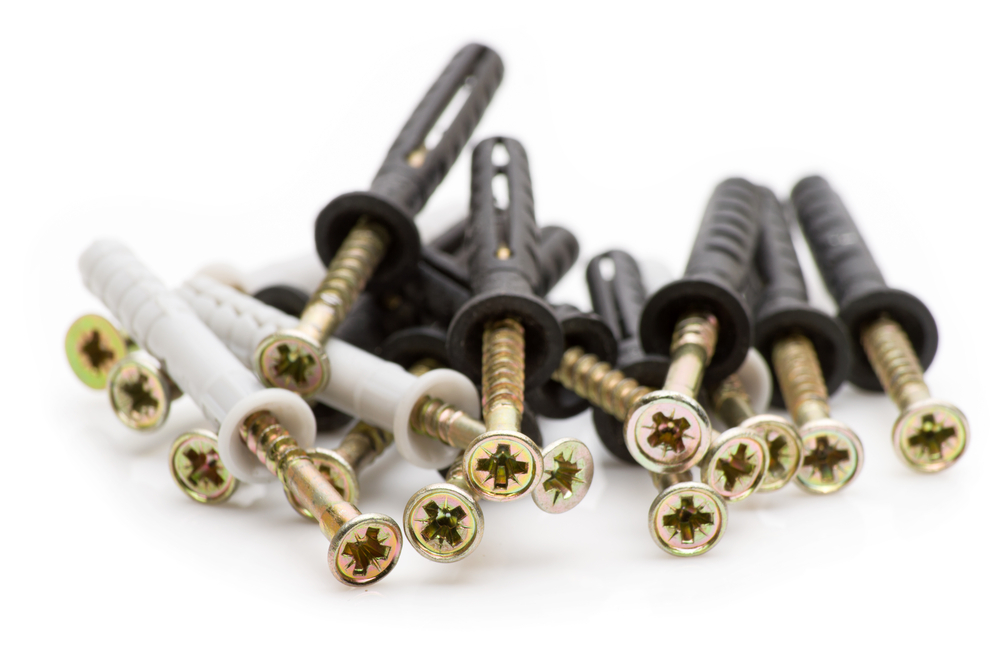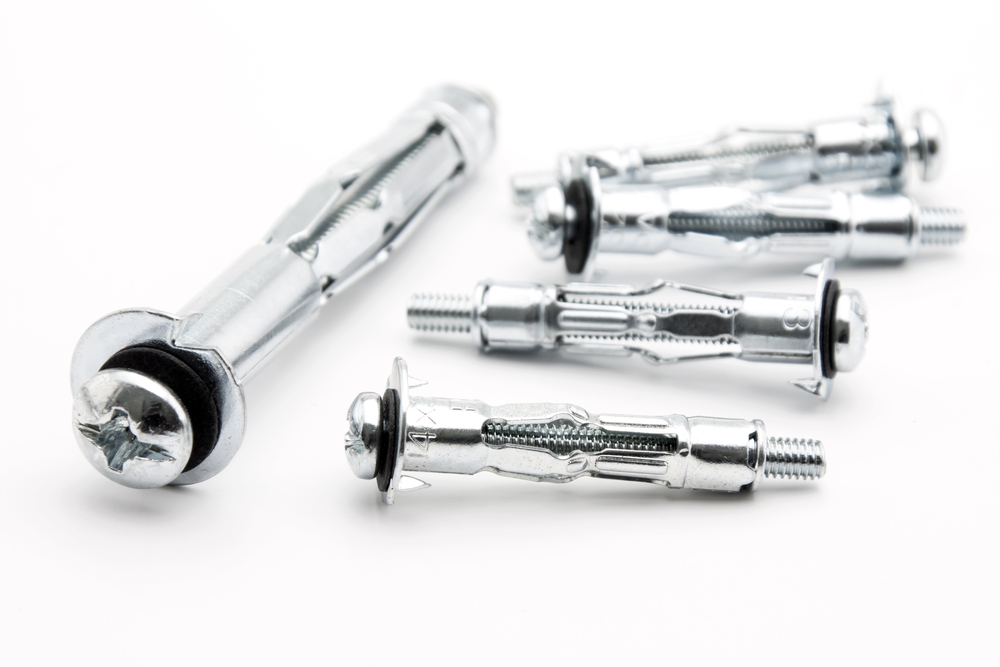
There may be hollow surfaces on the walls for several reasons and that must be fixed with one of the different types of cavity wall fixings that are available on the market. Knowledge about these products and how to use them will help you to fix hollow surfaces and structures like walls, ceilings and doors. Ideally, strength of any fixing depends upon the strength of the surface. Therefore, it is better to locate one of the supports and fix onto it, though this might not be possible always
Different types of cavity wall fixings:
- Rubber-sleeved fixing – This has a captured insert and when a screw is tightened the rubber sleeve is compressed against the wall.
- Plastic collapsible fixing – This is similar to the rubber sleeve fixing by an ordinary wood screw is used.
- Plastic spread fixing – This is an inexpensive fixing and is not reusable as when you remove the screw the fixing will drop down the cavity.
- Spring metal toggle fixing – This gives a stronger anchor as it spreads the load on the reverse side of the wall over a larger area. It consists of two spring loaded arms of metal and a thread tapped in the hinge pivot.
- Gravity metal toggle fixing – Similar to the spring variant this has a toggle made in one piece. It drops under gravity parallel to the vertical wallboard.
When to Use The Cavity Wall Fixings?
 |
| Cavity Wall Fixings |
You can use cavity wall fixings on any hollow wall or surface. Due to the specific design it will secure heavy loads like a 50 inch TV. These do not damage the wall if it is applied correctly. These are corrosion resistant and anti-rotation supports and you can even use it on plasterboard. Cavity wall fixings are designed to secure kitchen cabinets, TVs, boilers and heavy duty shelves.
The Installation Process
For safe installation of the cavity wall fixings you will need to follow a simple process. It is a DIY project and you will need a masonry drill, a screwdriver and a hammer and the entire process will take one minute to complete. Follow the steps a under:
- Check for wires and pipes
- Drill the hole up to 100 mm
- Remove the subsequent dust
- Tap the plug-in place correctly
- Tap its steel core home
- Secure the included screw
Different Types of Fixings
There are different types of cavity wall fixings such as screws, bolts, nails, wall plugs, hooks, mesh, eyes, pipe fittings and hammer fixings. The other variants are:
- Expanded metal lathing that comes in sheets or rolls
- Galvanized strap that is more versatile
- Self-tapping anchor bolt that is expensive but suitable for solid walls
- Screw eye that are heavy duty
- Tingle or disc rivet used to fix roofing slates
- Black japanned screw used in garden gate furniture
Variety of Nails
There are also a large variety of nails used for cavity wall fixings and these are:
- Wire nails used for flooring brad
- Oval nails used in carpentry
- Masonry nails made of hardened steel to fix bricks and concrete
- Galvanized clouts used in surfaces experiences water
- Copper clouts used for roof slate fixing
- Sealing roofing nails that are similar to Polypin
- Panel pin for securing pieces of timber
- Annular ring nails used on timber floors
- Pin nails such as upholstery pins
- Carpet tacks and different kinds of staples.
Now that you have chosen the right cavity wall fixings make sure you have the right tools to ensure correct fixing.

.jpg)









Social Plugin